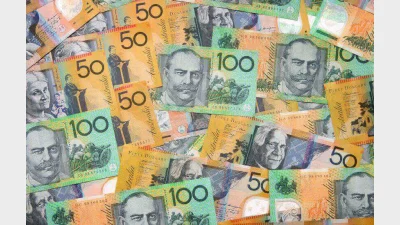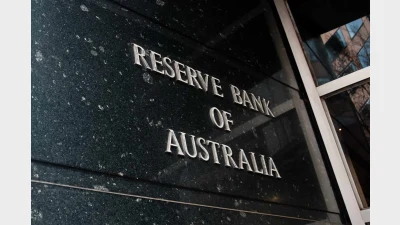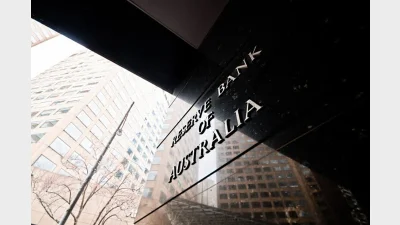Equities pause see industry funds regain lead
Superannuation funds lost ground in January after finishing 2009 on a high, although funds across the board have still recorded strong growth for the financial year to date, according to Chant West data.
Growth funds (those with a 61 to 80 per cent allocation to growth assets), which are the default option for most members, have grown 10.4 per cent this financial year despite shrinking 2.2 per cent in January.
The slow start to 2010 was due to a 6.2 per cent contraction in the Australian share market for the month, while international shares also retreated, according to Chant West.
“The markets were probably due for a breather after running up so strongly towards the end of 2009,” said Chant West principal Warren Chant.
“We had a strong Christmas rally, which was unlikely to be sustained into the New Year,” he said.
These results highlighted the value of diversification, he added. Growth assets in the funds weren’t limited to listed shares and property, with many having a diverse mix including unlisted infrastructure, opportunistic property and private equity — “so they are able to cushion the blow when share markets fall”, Chant said.
These assets feature more heavily in industry funds than master trusts, and it was the stronger performance of these assets that led to industry funds outperforming master trusts in January for just the second time in the past 11 months, Chant said.
Recommended for you
Large superannuation accounts may need to find funds outside their accounts or take the extreme step of selling non-liquid assets under the proposed $3 million super tax legislation, according to new analysis from ANU.
Economists have been left scrambling to recalibrate after the Reserve Bank wrong-footed markets on Tuesday, holding the cash rate steady despite widespread expectations of a cut.
A new Roy Morgan report has found retail super funds had the largest increase in customer satisfaction in the last year, but its record-high rating still lags other super categories.
In a sharp rebuke to market expectations, the Reserve Bank held the cash rate steady at 3.85 per cent on Tuesday, defying near-unanimous forecasts of a cut and signalling a more cautious approach to further easing.











